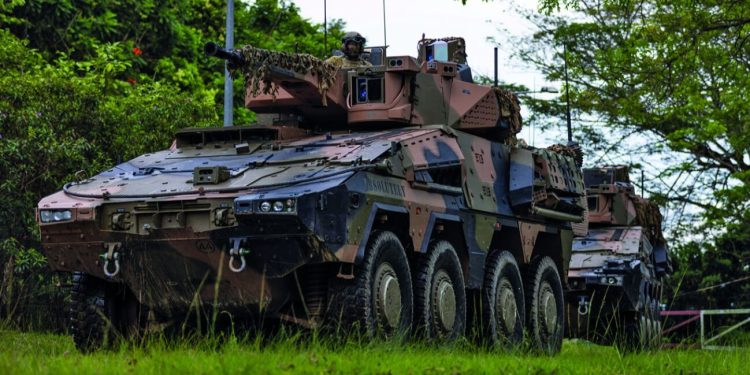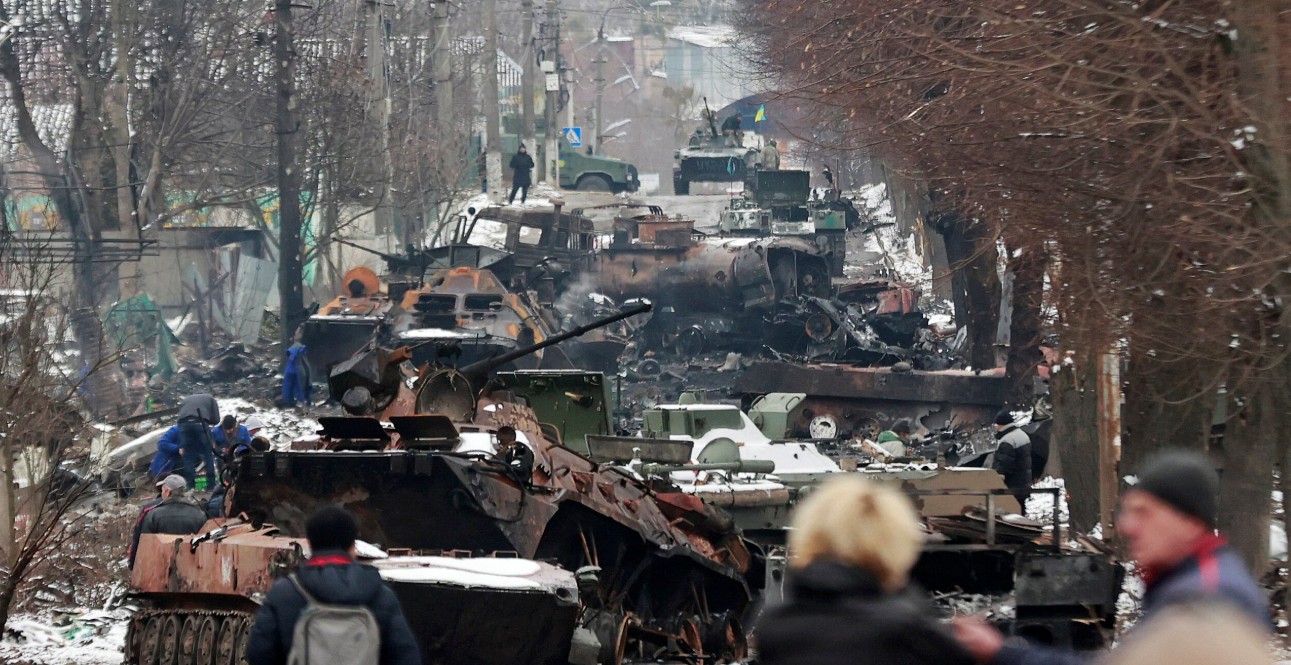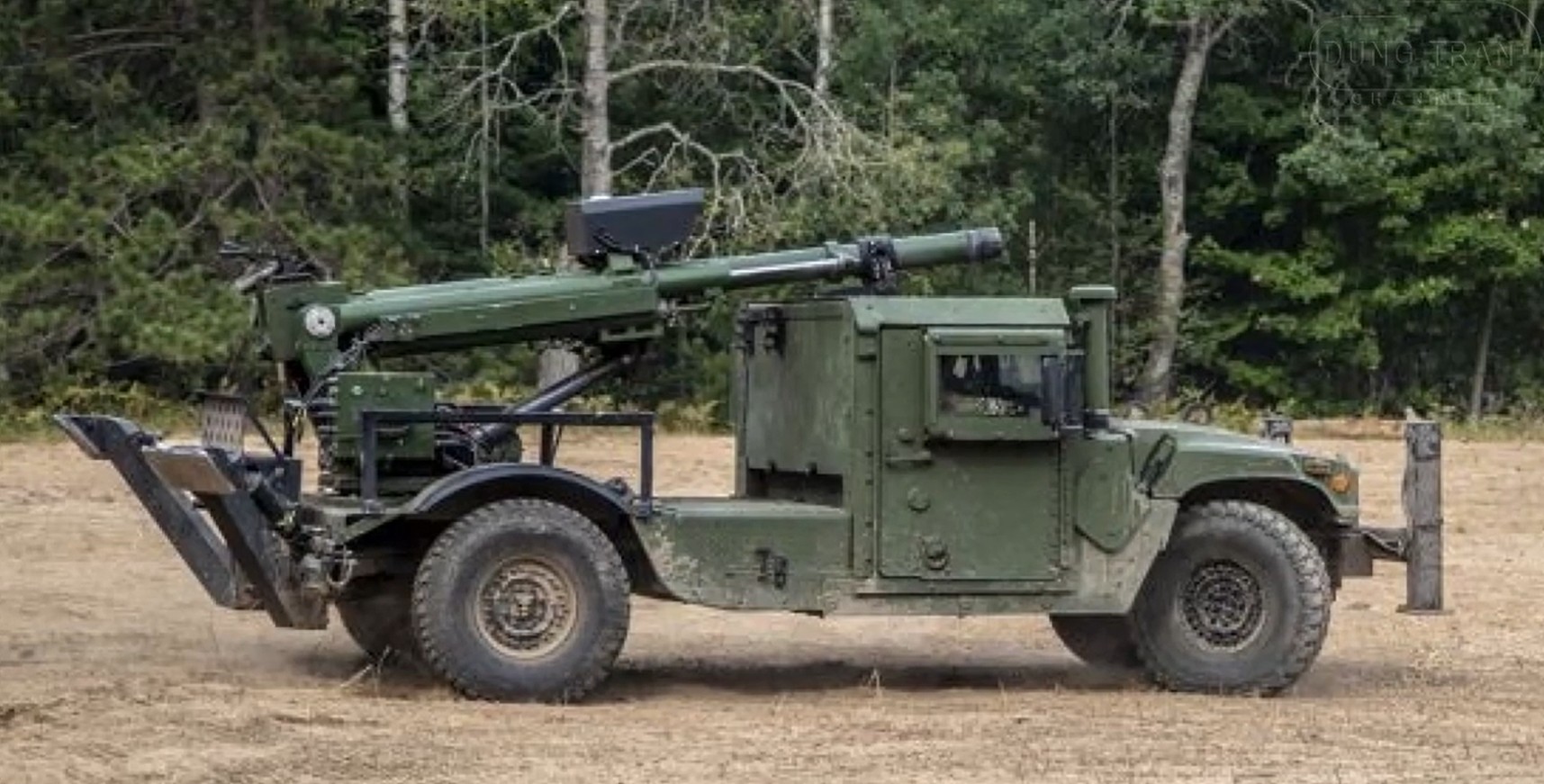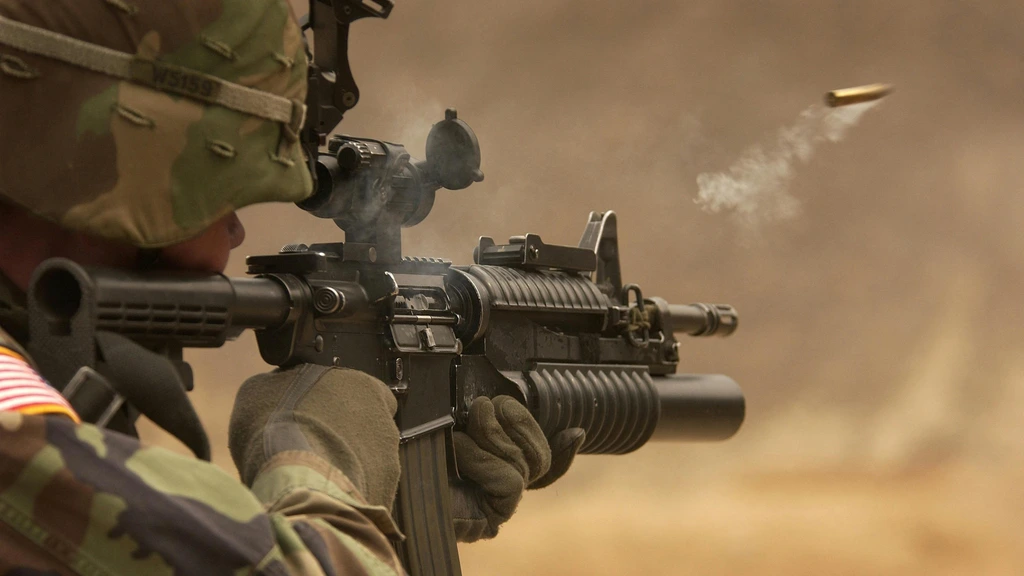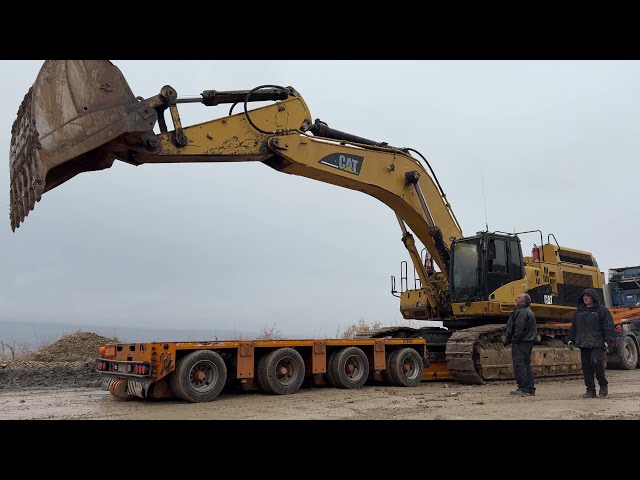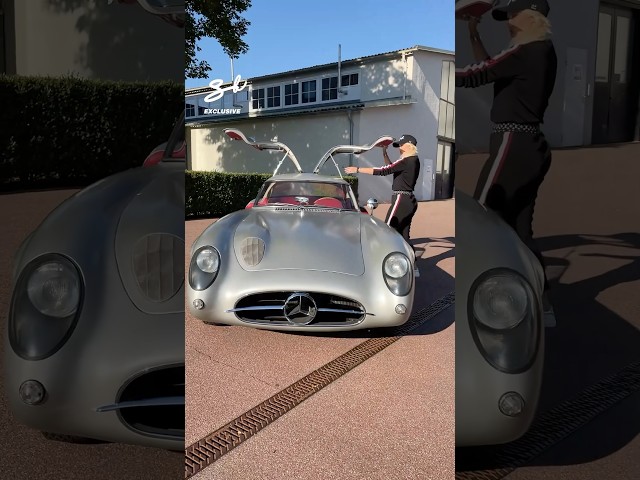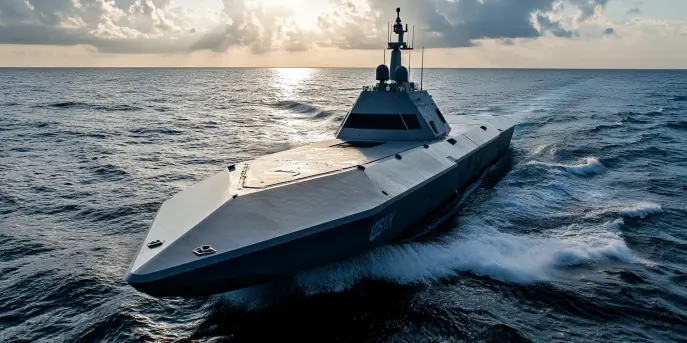Transforming the Battlefield Landscape
The advent of the Heavy Infantry Weapon Carrier (HIWC) marks a significant evolution in military operations, designed to provide unprecedented versatility and power. Melding the robustness of heavy weapon systems with the agility of medium forces, this innovation plays a crucial role in modern warfare, catering to the dynamic demands of today’s combat scenarios.
Origin and Development
The development of the HIWC traces back to the need for a platform that effectively bridges the gap between light infantry forces and heavy armored units. The aim was to deliver heavy firepower while maintaining rapid mobility. Whether in rugged terrains or urban warfare, the design philosophy centers on adaptability and efficiency.
Key Features and Specifications
At the heart of the HIWC is its advanced weaponry and engineering marvels designed to ensure that soldiers remain indispensable on the battlefield. Here are some noteworthy specs:
| Feature | Specification |
|---|---|
| Weight | Approximately 20 tons |
| Armament Options | 105mm cannon, anti-tank guided missiles, heavy machine guns |
| Engine | Hybrid diesel-electric, 700 HP |
| Speed | Up to 70 km/h |
| Range | 450 km |
| Crew | 3 to 4 personnel |
Operational Versatility
The HIWC presents a paradigm shift with its multipurpose capability. It serves as an effective tool for direct combat as well as reconnaissance missions. Its strength lies in its flexibility to switch roles swiftly, thus adapting to the requirements posed by various combat situations.
Strategic Advantages
The introduction of medium forces such as the HIWC offers several strategic advantages, crucial for military planners:
- Enhanced Mobility: By integrating high-speed maneuverability with powerful weapon systems, the HIWC contributes to faster deployment and strategic surprise.
- Improved Survivability: The vehicle’s armor provides substantial protection against small arms fire and shrapnel, offering a higher chance of mission success.
- Cost Efficiency: Compared to traditional heavily armored vehicles, the HIWC costs less in terms of production and maintenance, offering an economic edge.
Comparative Assessment
Analyzing the HIWC against other systems, it stands out primarily due to its multi-role facets. While traditional infantry carriers focus solely on troop protection and transport, the HIWC’s ability to engage with heavy artillery offers a complementary layer to tactical operations, thereby filling critical operational gaps.
Potential Challenges
While the HIWC provides many benefits, it is necessary to acknowledge potential setbacks. Issues may arise with the hybrid engine technology under extreme conditions, requiring continuous innovation and testing. Additionally, there is the challenge of integrating these vehicles seamlessly with existing forces, demanding synchronized tactics and training.
Future Prospects
Looking ahead, the evolution of the HIWC is set to continue as technology advances. Future models may incorporate AI-driven systems for target acquisition and decision-making, upping the ante for even more autonomous operations. Its growing role could shift the paradigm of military doctrines globally.
In essence, the Heavy Infantry Weapon Carrier embodies a transformative concept in military technology, driving the transition to medium forces. As armies around the world recognize the potential of such platforms, their adoption could redefine warfare in the 21st century, shaping strategies that rely upon speed, flexibility, and precision.
